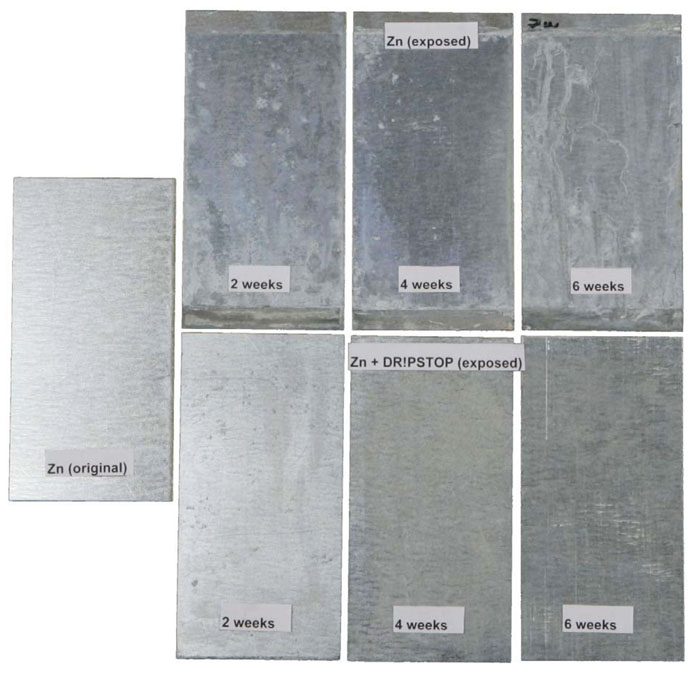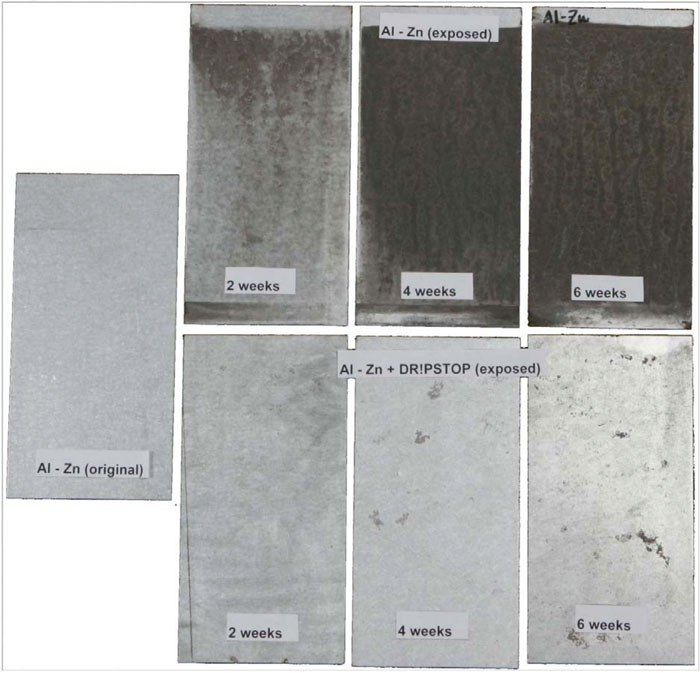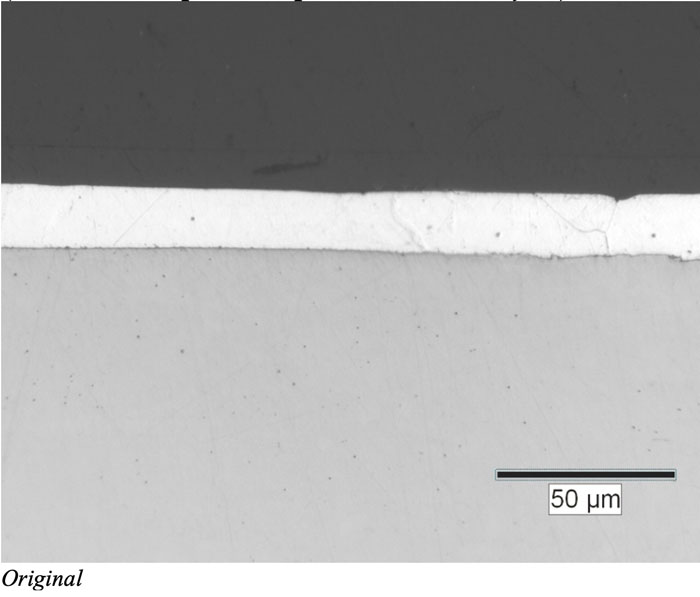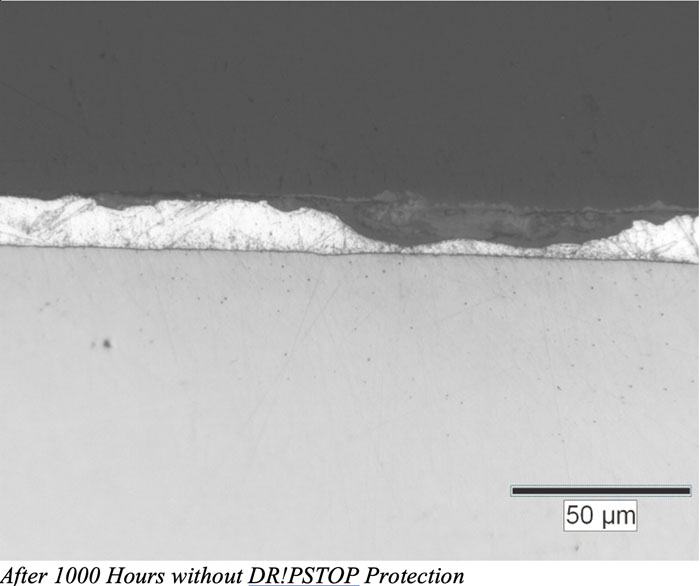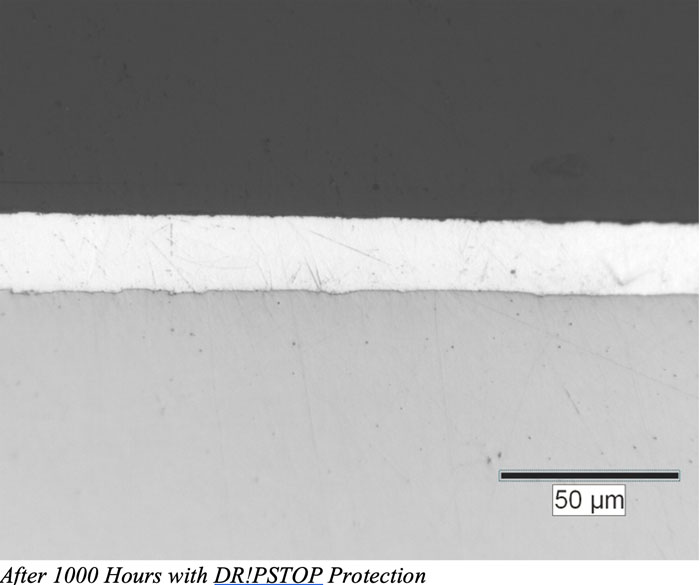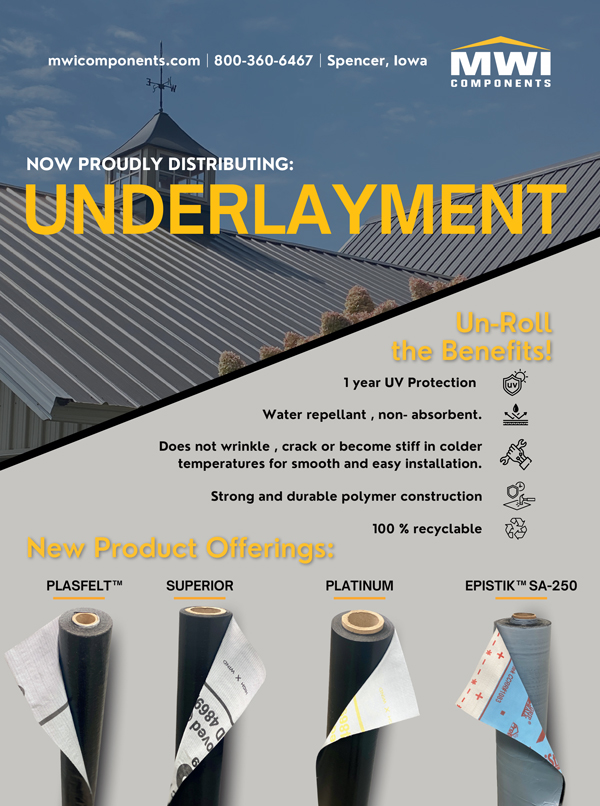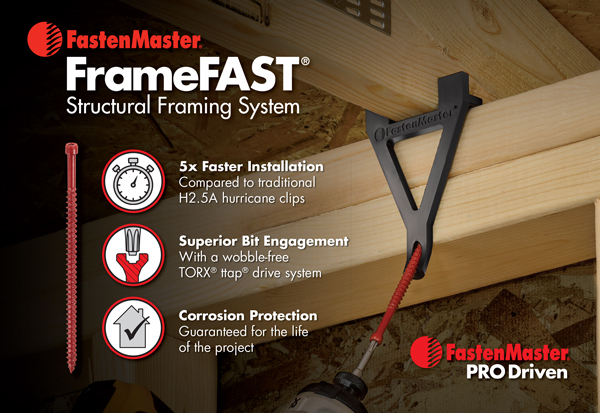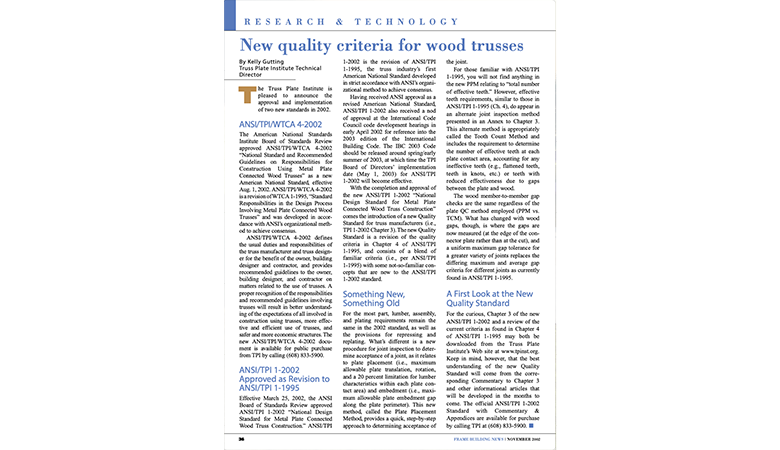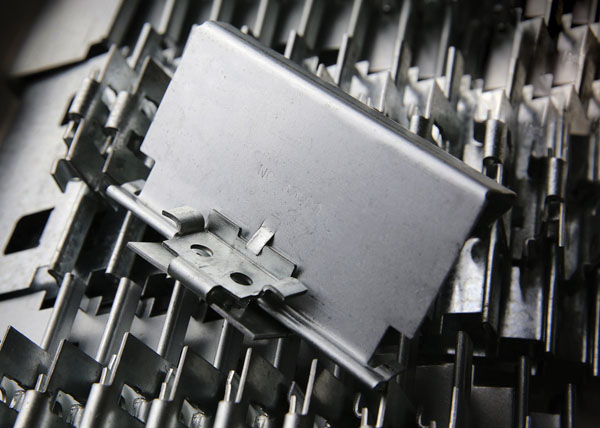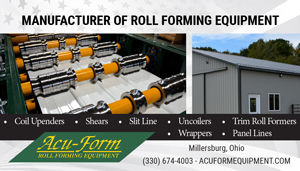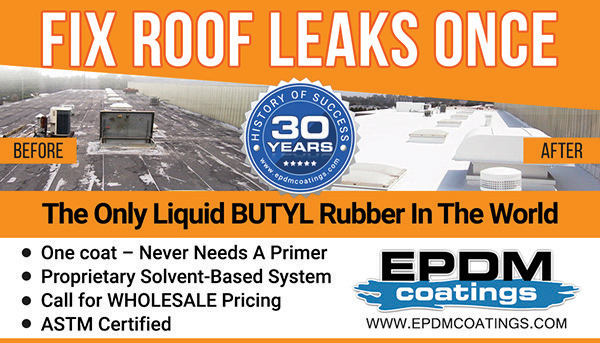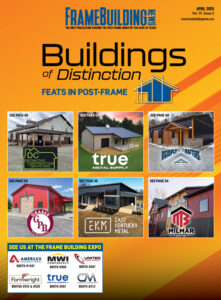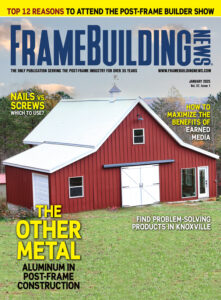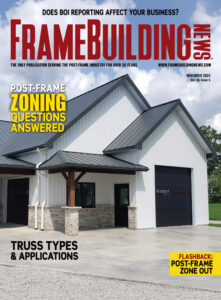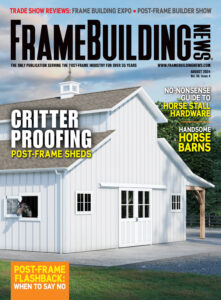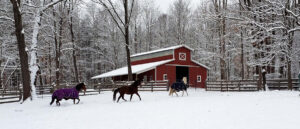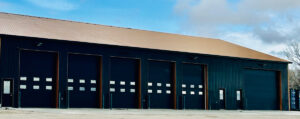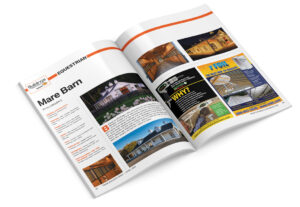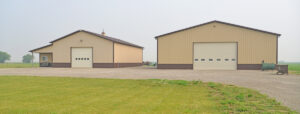FILC, the makers of Dr!pStop, tested the product to gauge the benefits of using it in an animal confinement setting. Here’s a summary of the test.
1. Purpose of the Test
The purpose of this test was to research how DR!PSTOP provides additional protection to the metal roof panels in buildings used for livestock confinement, where corrosion is very likely to occur.
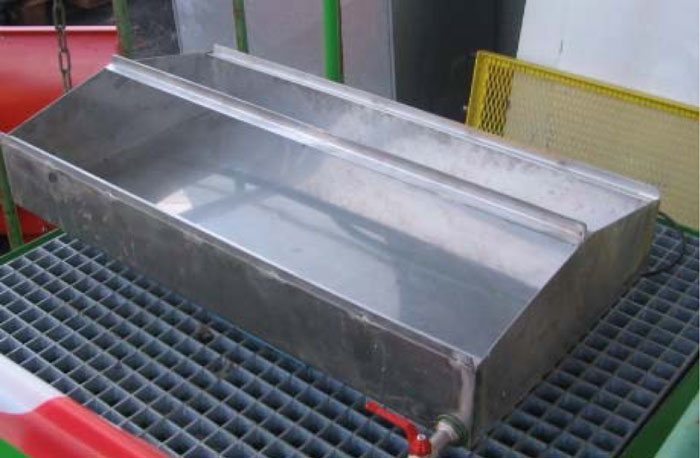
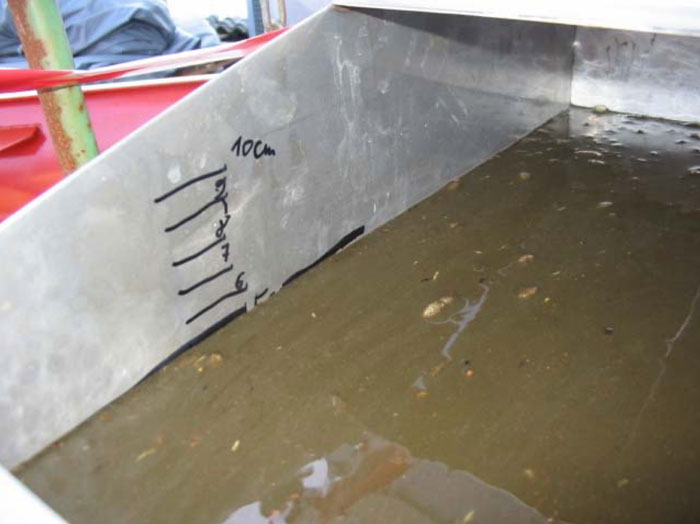
2. Testing
As there is no standardized test for corrosion in livestock confinement, the first task was to find the most corrosive tests regularly run on steel panels and see if they could be adapted to livestock confinement. In talks with some of the world’s largest steel producers, one test seemed to lend itself well to the need.
The idea of the test was to loosely copy the humidity chamber testing also known as the Cleveland Condensing Test (ASTM-D4584). The test was performed on steel sheets with a protective layer of zinc (galvanized). Instead of the usual
water, livestock confinement conditions were simulated in a chamber filled with liquid manure, heated from below.
By heating the liquid manure, the temperature difference between inside and outside the chamber kept humidity levels at close to 100% and left a constant state of condensation on the test panels. Steel sheet test samples with and without DR!PSTOP were directly exposed to the simulated environment.
We observed the changes on the surface of each metal sheet after 2, 4 and 6 weeks (1000 hours). Samples were compared with original metal sheets, which had not been exposed to the testing conditions.
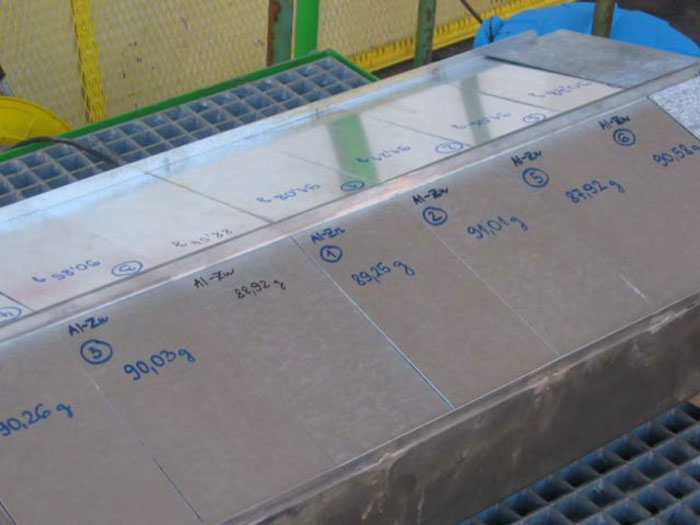
3. Conclusion
This test provides significant evidence that DR!PSTOP protects metal panels exposed to severe conditions in buildings used for livestock confinement. The panels covered with DR!PSTOP resist corrosion much better. FBN
